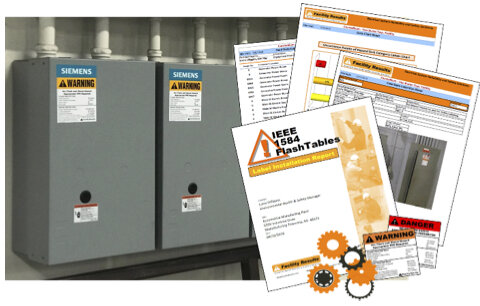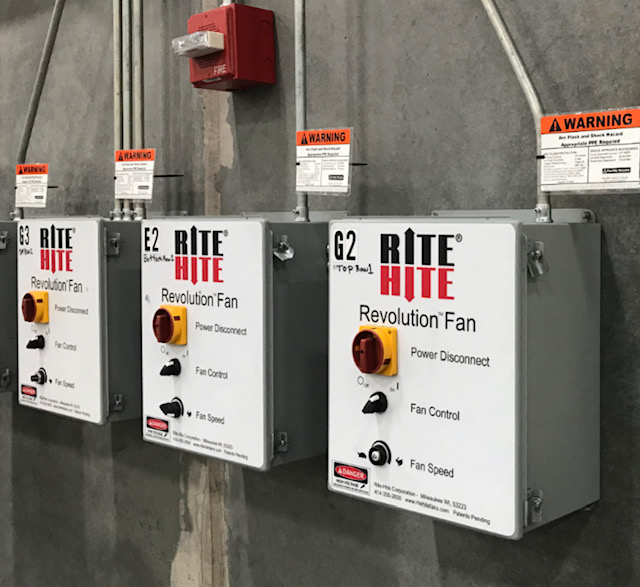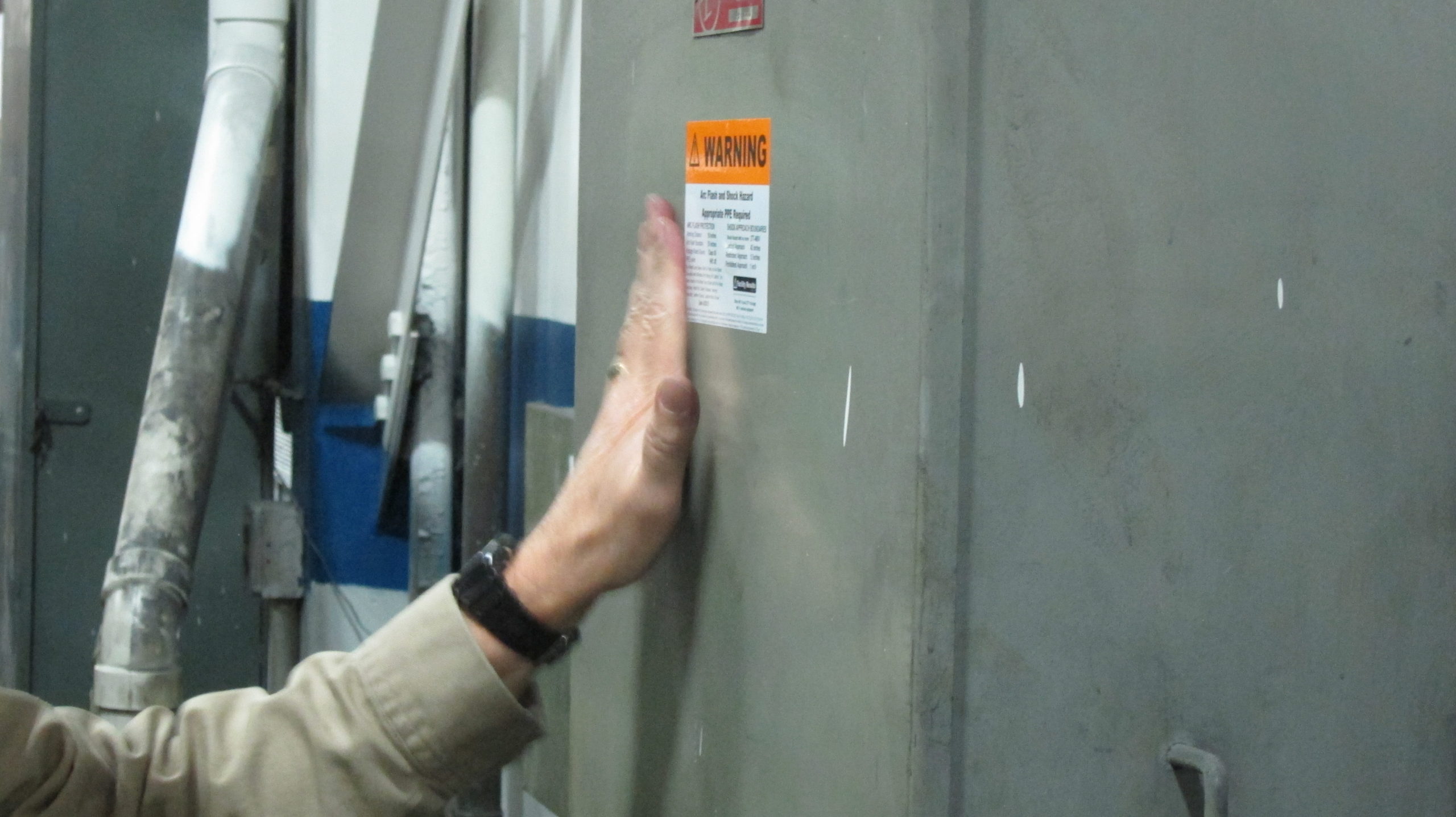
Arc Flash Study?
June 3, 2023
Basic Arc Flash Quoting Process Overview
March 30, 2024Electrical safety is a paramount concern in various industries, from manufacturing to construction. To ensure a secure work environment, companies need to prioritize measures that mitigate the risks associated with electrical accidents. One crucial aspect of this safety framework is conducting an arc flash study and analysis, in strict adherence to the guidelines set forth by the National Fire Protection Association (NFPA) 70E. In this blog, we will explore the significance of arc flash study and analysis, along with key statistics highlighting the importance of compliance.
Understanding Arc Flash Study:
An arc flash study is a comprehensive assessment of an electrical system to determine potential hazards and their associated risks. It involves analyzing the system’s configuration, equipment ratings, and electrical parameters to calculate the incident energy levels and arc flash boundaries. By quantifying the potential hazards, an arc flash study helps organizations implement appropriate safety measures and protective strategies.
Key Benefits of Arc Flash Analysis:
1. Enhanced Worker Safety: Arc flash incidents can cause severe injuries or fatalities. Conducting an arc flash analysis helps identify potential hazards, allowing organizations to implement safety protocols, such as appropriate personal protective equipment (PPE) and work practices, to minimize the risk of accidents.
2. Compliance with NFPA 70E: NFPA 70E sets forth the guidelines and requirements for electrical safety in the workplace. Arc flash analysis ensures compliance with these regulations, safeguarding employees and reducing the organization’s legal liabilities.
3. Equipment Reliability and Maintenance: By assessing the system’s vulnerabilities, an arc flash analysis provides insights into potential equipment failures, enabling preventive maintenance and reducing unplanned downtime. This proactive approach helps optimize equipment lifespan and operational efficiency.
The Importance of NFPA 70E Compliance:
NFPA 70E is the standard for electrical safety in the workplace, focusing on protecting personnel from electrical hazards. Adhering to these guidelines ensures a safer work environment and minimizes the risk of injuries or fatalities. Consider the following statistics that highlight the significance of NFPA 70E compliance:
1. According to the Electrical Safety Foundation International (ESFI), electrical hazards account for an average of 2,000 workplace injuries each year in the United States alone.
2. The Occupational Safety and Health Administration (OSHA) estimates that implementing NFPA 70E-compliant safety programs can prevent over 90% of electrical injuries and fatalities.
3. In a study conducted by the National Institute for Occupational Safety and Health (NIOSH), it was found that implementing NFPA 70E guidelines resulted in a 70% reduction in arc flash incidents.
Prioritizing electrical safety through arc flash study and analysis, in line with NFPA 70E guidelines, is essential for any organization working with electrical systems. By proactively identifying potential hazards and implementing safety measures, companies can create a secure work environment while complying with regulatory standards. The statistics reinforce the importance of taking appropriate measures to prevent electrical accidents, ultimately safeguarding the well-being of employees and minimizing operational disruptions.

